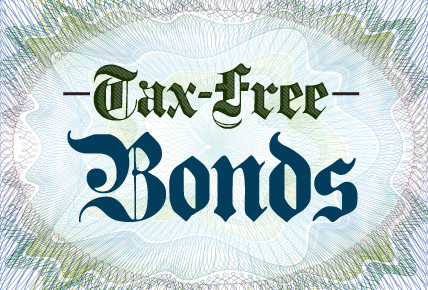After the Reserve Bank of India changed its policy stance to neutral from accommodative in its February 8 monetary policy review, bond yields have risen which made many investors look for tax-free bonds. Their popularity is also growing because banks are reducing interest rates on deposits and there’s no fresh issuance of any tax-free bonds by the government for the past two financial years. So, individual investors are lapping up such bonds from the secondary market for long-term investment.
Not having to pay tax on the interest earned on such bonds makes them more attractive than other taxable debt instruments like bank fixed deposits. Retail investors, comprising individual investors, Hindu Undivided Families (through karta) and non-resident Indians can invest. Retail individual investor are those who invest up to Rs.10 lakh in each issue while those investing above Rs.10 lakh are considered high net worth individuals.
Tax-free bonds were issued by various state-owned companies like IRFC, PFC, NHAI, HUDCO, REC, NTPC, NHPC in the financial years 2012-13, 2013-14 and 2014-15 with tenures of 10 to 20 years. Under these bonds, while the investor doesn’t get any exemption under Section 80C of the Income-Tax Act, 1961, the interest accrued is completely tax-free under Section 10(15)(iv)(h).
While the interest payments on these bonds are free of tax, there would be capital gains tax if an investor sells before maturity at a profit. Also, while the interest received from tax-free bond is exempt from tax, the investor will have to disclose the amount in the income tax return as exempted income. At the time of the issue of the bonds, there was a ceiling on the coupon rates, which was based on government security rates for equivalent maturity. A triple-A rated issuer could sell bonds to retail investors at a rate that was 55 basis points lower than similar maturity government bond yields and 80 basis points lower in the case of other investor segments. Any AA-plus rated state-owned firm could offer an additional 10 bps above the ceiling rate for AAA-rated entities and any AA or AA-negative rated entity could sell bonds paying an additional 20 bps above the ceiling rate for AAA-rated companies.
Tax-free bonds are traded in the stock exchange (BSE and NSE) only through demat accounts. The bond holders can sell them to another individual. The seller will have to pay capital gains. If sold before one year, it will be taxed as per the tax slab of the individual. If sold after one year, the tax rate will be 10.3% and there is no indexation benefit.
Before investing in tax-free bonds, one must look at the issue size as it may impact liquidity. One must also look at the credit rating of the issuer and the tenure of the bond. Experts say long-duration bonds reduce re-investment risk and, as interest rates may come down in the long term, it’s better to lock in money in tax-free bonds.



